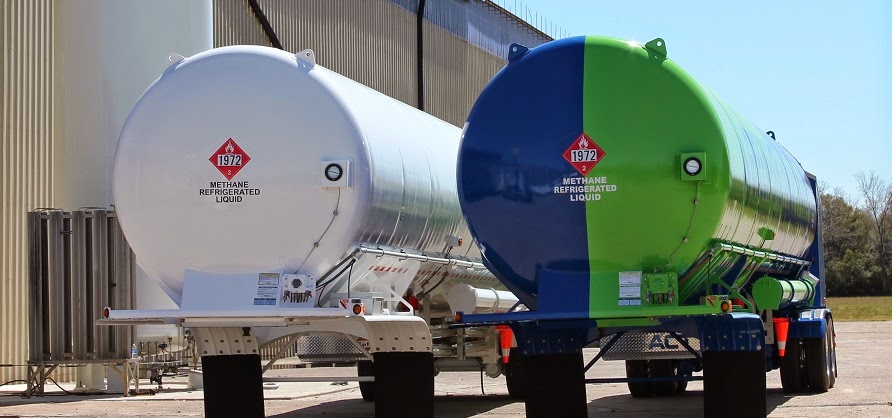LNG or liquefied natural gas is one of the major sources of energy for most of the power generation units and other pro clean fuel units. A high calorific value and ease of usability make it one of the most widely used fuels second to petrol and kerosene. Being gaseous in nature the fuel buns completely giving out maximum energy output to the user and thus increasing the efficiency of the unit. Since complete combustion occurs the amount of waste generated and the pollutants produced are also minimal.
 |
| Get to Know About the Use of LNG Vaporization Systems |
The gaseous nature of this fuel also makes it a problem too transport it over long distances and thus the natural gas is more often than not liquefied using cryogenic processes that cool the gas to around -160°C. The liquid is then transported and vaporized at the time of usage. This Vaporization makes use of LNG vaporization systems, which basically brings the super cooled liquid to the temperature of its vaporization.
The vaporization systems may use external heating sources or can simply use the ambient air to help raise the temperature too the desired value. Although the process seems simple but the highly combustible nature of LNG makes it necessary to use a controlled environment to perform the process of conversion from the liquid state to the vapor state.
The vaporization systems may use external heating sources or can simply use the ambient air to help raise the temperature too the desired value. Although the process seems simple but the highly combustible nature of LNG makes it necessary to use a controlled environment to perform the process of conversion from the liquid state to the vapor state.
No comments:
Post a Comment